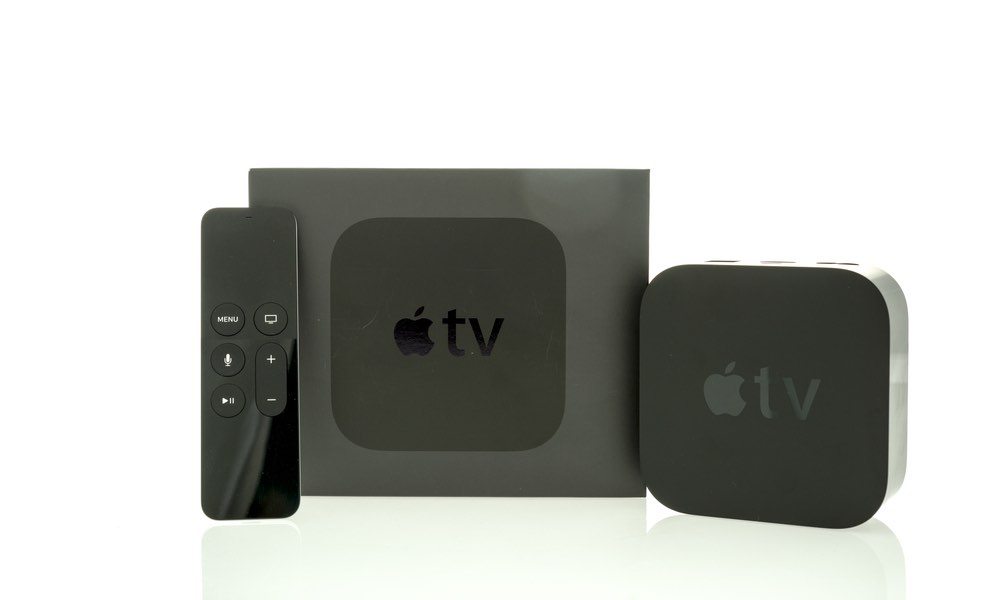FCC Approves New Rules, Future of Cable TV Set-Top Boxes Will Change Forever

Toggle Dark Mode
The FCC has taken the next step in making the cable TV set-top box market a lot more open. The commission voted to begin creating rules that will essentially mean that consumers will have new devices to manage their pay TV programming and their other content.
The vote went along party lines, with the three democrats in the FCC voting for the change, and the two republicans voting against it. The proposal was first introduced last month, and will now go on to a comment period, during which businesses and consumers can voice any opinions that they have on the issue.

So what do the new guidelines mean?
They basically mean that cable subscribers would be able to access their programming through virtually any set-top box, including the Apple TV, rather than having to rely on the boxes provided by the likes of DirecTV and Comcast. This will be a huge win for consumers, as provider-offered boxes tend to be expensive and have to be rented on a monthly basis. Not only that, but the change will also allow users to only need one kind of set-top box, rather than needing a cable TV box as well as an Apple TV box for things like Netflix and apps.
The rules would also likely encourage electronics manufacturers to build new set-top boxes that are “all-in-one” devices, and while consumers are starting to move away from cable TV in general, it’s likely that it will be a while before the idea of cable TV is gone altogether. The FCC suggests that this will likely lead to more competition between manufacturers and could lead to more innovation when it comes to the manufacturing of the boxes themselves.

“There is nothing in here that allows third parties to disaggregate cable content or sell advertising around it… It takes the same system that goes to the cable box today with the same structures and moves it through a different box requiring the same structures,” said FCC chairman Tom Wheeler. “As a result, existing copyrights and programming agreements are unaffected, consumer privacy is protected, emergency alerts are passed through and child protection laws are unaffected. Nothing in this proposal slows down or stops cable innovation.”
One of the commissioners, Ajit Pai, who is a one of the two republicans on the commission, suggested that while he commiserates with customers, having three set-top boxes himself that are expensive and a little frustrating to use, the new guidelines are misguided because technology has started to allow consumers to make choices beyond pay TV.
“Our goal should not be to unlock the box; it should be to eliminate the box,” said Pai. “If you are a cable customer and you don’t want to have a set-top box, you shouldn’t be required to have one,” he said. “This goal is technically feasible, and it reflects most consumers’ preferences—including my own.”
Of course, there certainly is some truth to this – it’s unlikely that cable TV as we know it today will be around for much longer. Many consumers, however, suggest that both goals could certainly be achieved – while the disappearance of the set top box is a likely eventuality, in the meantime, however, consumers shouldn’t have to pay large amounts of money to rent set top boxes.
Of course, this could be big news for Apple – while Apple itself is attempting to create its own pay TV service, allowing customers to access other pay TV services through Apple TV could be the next big thing. Customers will be able to have the ease-of-use associated with the Apple TV and the pay TV service of their choice.
There is certainly also the possibility, however, that Apple won’t build the feature in to the Apple TV, especially if it wants to offer a subscription TV service of its own. Of course, Apple will lack full control over the interface of the service, something that it wouldn’t want considering how important ease-of-use and design is to the company.
It’s likely that we haven’t seen the end of this case by any means, especially considering the fact that the so-called Future of TV Coalition, which includes members such as AT&T, Comcast and Verizon, has vowed to fight the new rules.
Learn More: Apple TV’s tvOS 9.2 Beta 3 Has Been Released with Multiple New Features






